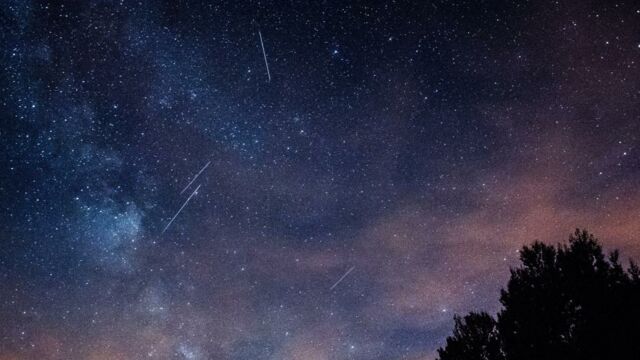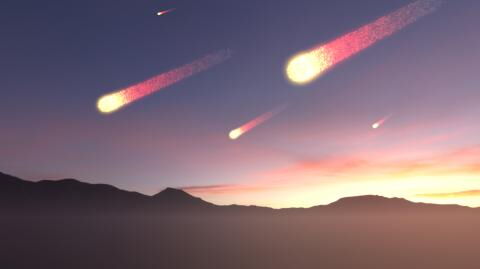After the lunar eclipse, the meteor shower of the Êta Lyrids and the Êta Aquariids, another impressive astronomical event will perhaps take place tonight, May 30. ‘Perhaps', because scientists are not sure that this event will take place!
Discover our latest podcast
Comet 73P/Schwassmann-Wachmann
We consider meteor showers as recurrent events: these events are indeed associated with the passage of meteor swarms whose speed and position are known. But the Tau-Herculid meteor shower is in a different category.
According to NASA, this event is a ‘possible newcomer’ associated with comet 73P/Schwassmann-Wachmann or SW3. This comet was first observed in 1930 by German astronomers Arnold Schwassmann and Arno Arthur Wachmann. Initially, it was very faint, but when it passed by in 1995 it was 600 times brighter, so much so that it was visible to the naked eye.
After observation, the scientists realised that thecomet had broken up into several pieces, in other words, into a meteor swarm. On the night of May 30-31, it could therefore have been the source of a meteor shower. There is a 'but'.
‘All or nothing’
NASA itself is uncertain about the event. In a blog post, the agency states:
This is going to be an all or nothing event. If the debris from SW3 was traveling more than 220 miles per hour when it separated from the comet, we might see a nice meteor shower.
If the debris had slower ejection speeds, then nothing will make it to Earth and there will be no meteors from this comet,
Will we see a third meteor shower in May? The answer is tonight.
This article was translated from Gentside FR.
Read more:
⋙ A vulva-shaped rocket could be launched into space
⋙ An asteroid 5 times bigger than the Empire State Building will graze the Earth















